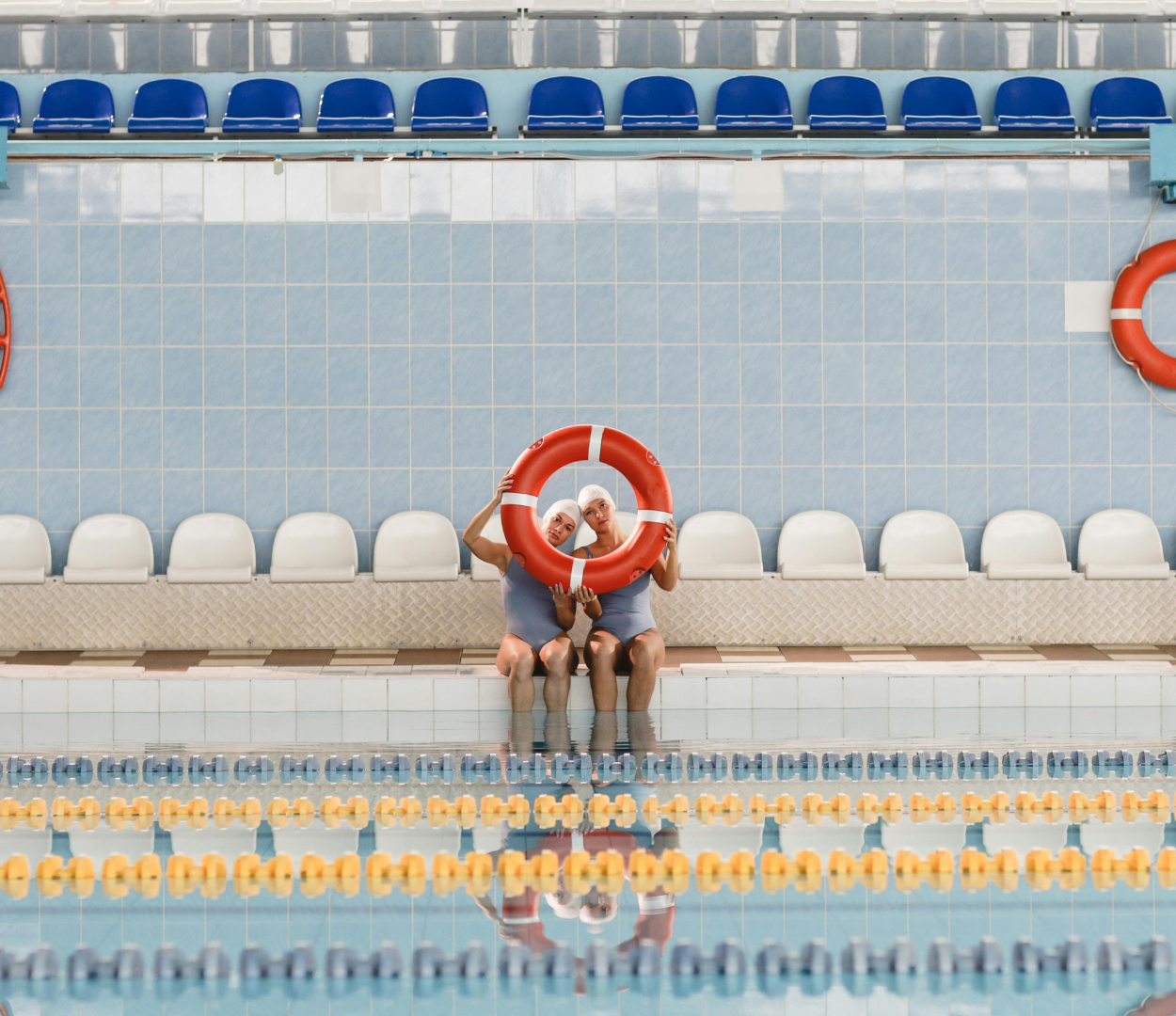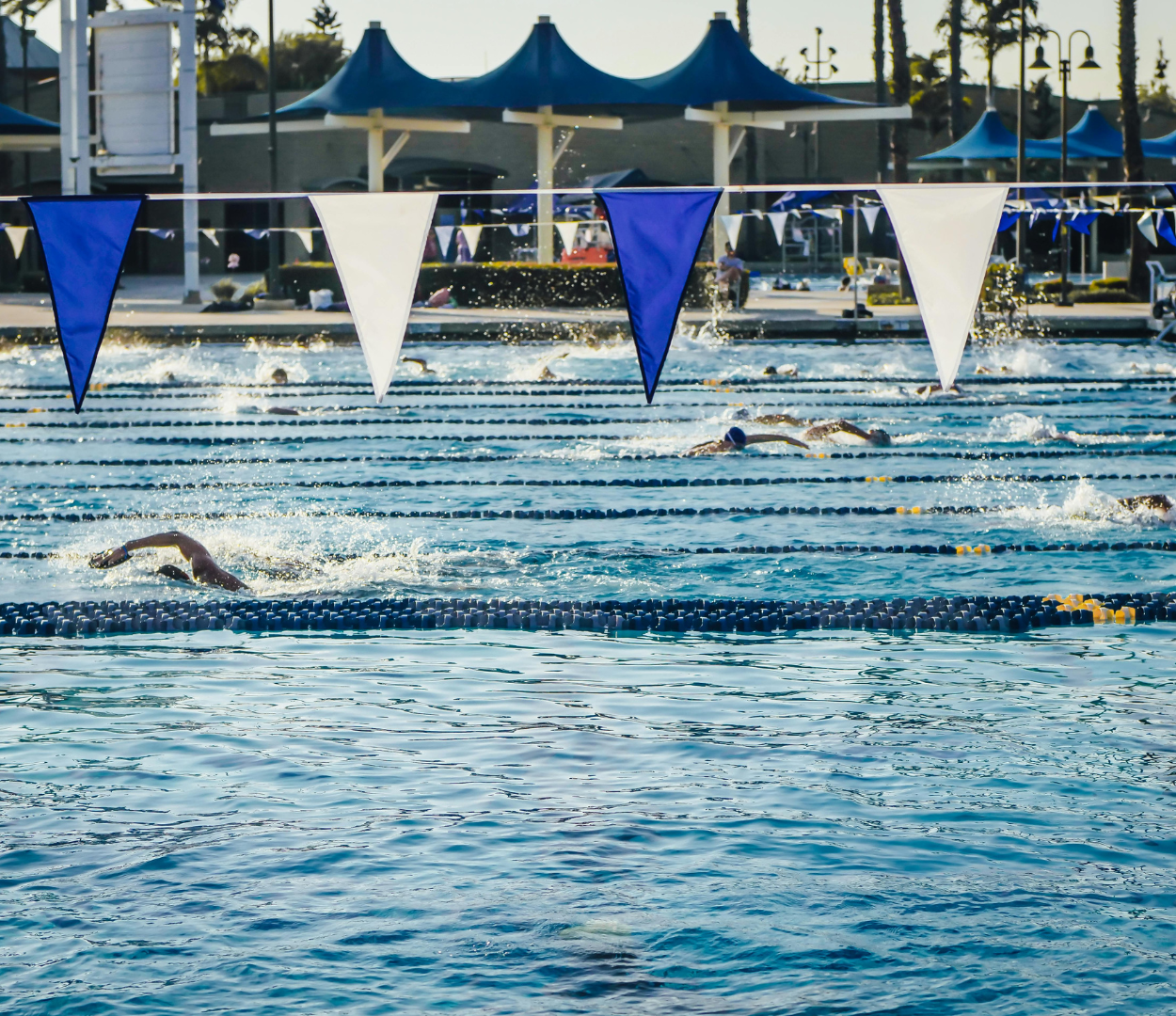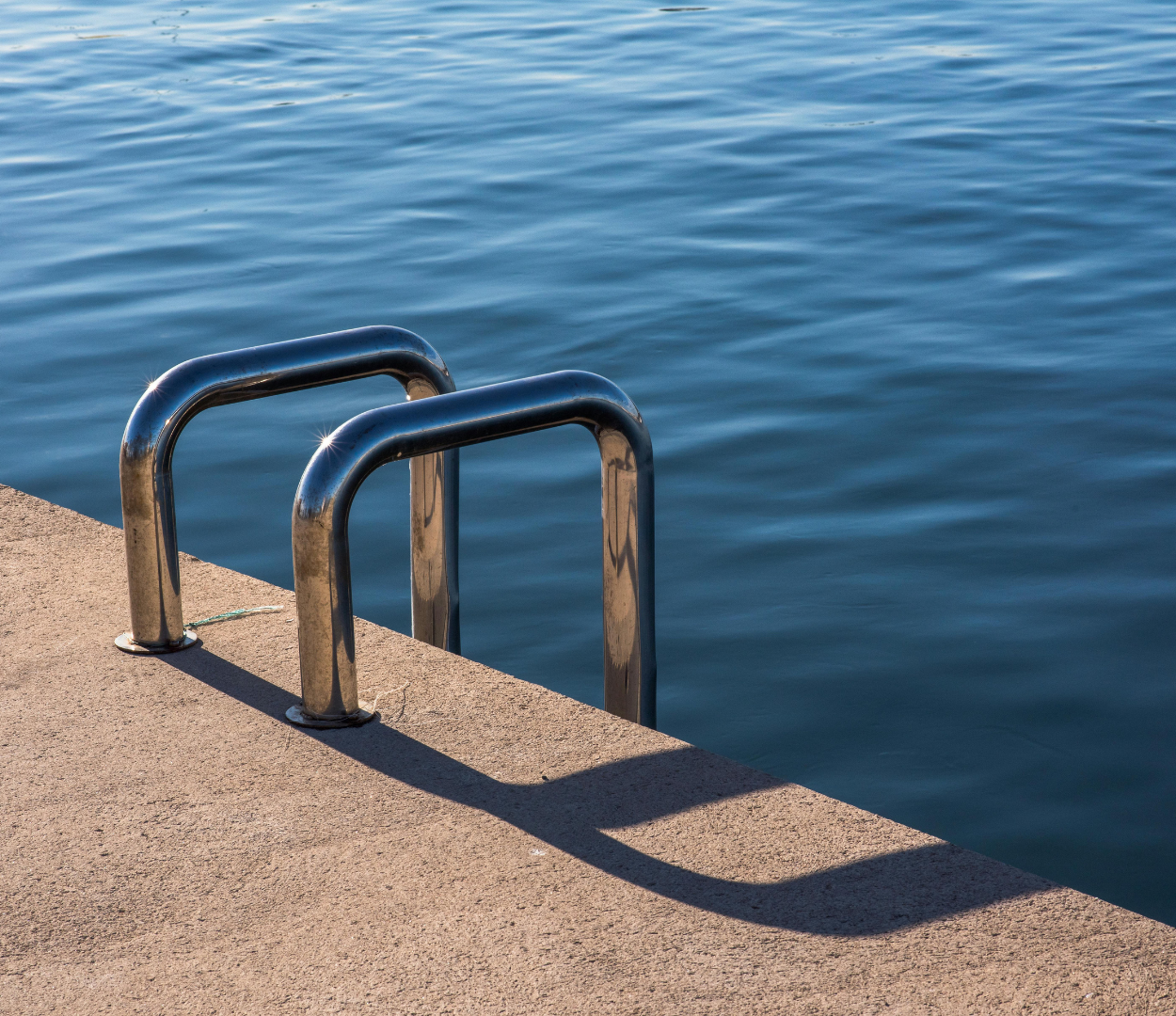Introduction
As the summer heat sets in, many of us look forward to cooling off in the refreshing waters of a swimming pool. Whether it's a public pool at a community center or water park, a hotel or resort pool during a vacation, or your own backyard oasis, taking a dip can be a refreshing and enjoyable experience. However, the question on many people's minds is: are swimming pools safe to use?
While swimming pools can provide hours of fun, exercise, and relaxation, they also come with potential risks that shouldn't be ignored or taken lightly. From waterborne illnesses caused by bacteria, viruses, and parasites to drowning hazards and other accidents, it's crucial to understand the safety concerns associated with swimming pools and take the necessary precautions to ensure a safe and enjoyable experience for everyone involved.
Waterborne Illnesses: A Lurking Danger
One of the primary concerns surrounding swimming pool safety is the risk of contracting waterborne illnesses. These illnesses can be caused by various pathogens, including bacteria, viruses, and parasites, that can thrive in pool water if proper disinfection and maintenance practices are not followed diligently.
Some common waterborne illnesses associated with swimming pools include:
- Recreational Water Illnesses (RWIs):These illnesses, such as diarrhea, skin rashes, and respiratory infections, can be caused by swallowing, breathing, or having contact with contaminated pool water. RWIs can be particularly dangerous for young children, elderly individuals, and those with compromised immune systems.
- Hot Tub Rash: Also known as "hot tub folliculitis," this skin rash is caused by the bacteria Pseudomonas aeruginosa, which can thrive in warm, poorly disinfected water. The rash typically appears as red, itchy bumps or pus-filled blisters and can be quite uncomfortable.
- Swimmer's Ear: This painful ear infection, also known as otitis externa, is caused by bacteria or fungi that can enter the ear canal through contaminated pool water. Symptoms include ear pain, itching, redness, and sometimes discharge.
To minimize the risk of waterborne illnesses, it's essential to ensure that pool water is properly treated with the correct levels of disinfectants, such as chlorine or bromine, and that proper filtration and circulation systems are in place to remove contaminants and prevent the buildup of harmful microorganisms.
Drowning Hazards: A Silent Threat
While waterborne illnesses are a significant concern, drowning remains one of the most serious and potentially fatal risks associated with swimming pools. According to the Centers for Disease Control and Prevention (CDC), drowning is the leading cause of unintentional injury-related death among children aged 1-4 years old in the United States.
To prevent drowning incidents, it's crucial to implement the following safety measures:
- Supervision: Never leave children unattended near a swimming pool, even for a brief moment. Designate a responsible adult to keep a watchful eye on swimmers, especially young children and inexperienced swimmers, at all times. Constant supervision is key to preventing drowning accidents.
- Barriers: Install proper fencing, gates, and pool covers to prevent unauthorized access to the pool area, especially for young children who may wander off unsupervised. These barriers can provide an extra layer of protection and buy valuable time in case of an emergency.
- Life Jackets: Ensure that inexperienced swimmers and non-swimmers wear life jackets or flotation devices when in the pool. These devices can help keep individuals afloat and prevent them from submerging, reducing the risk of drowning.
- Pool Rules: Establish and enforce clear pool rules, such as no running, diving in shallow areas, or engaging in rough play. These rules help maintain order and prevent dangerous behavior that could lead to accidents or injuries.
- Emergency Equipment: Keep essential emergency equipment, such as life rings, reaching poles, and first aid kits, readily available and in good working condition. In the event of an emergency, having the right equipment on hand can make a life-saving difference.
Pool Maintenance: The Key to Safety
Proper pool maintenance is crucial for ensuring the safety of swimmers and preventing potential health hazards. Regular cleaning, water testing, and chemical treatment are essential to maintain the appropriate levels of disinfectants, pH, and water clarity, which help prevent the growth of harmful microorganisms and ensure a safe swimming environment.
Here are some key pool maintenance practices to follow:
- Water Testing: Regularly test the pool water for chlorine levels, pH, and other chemical parameters to ensure they are within the recommended ranges. Improper levels can render disinfectants ineffective or cause skin and eye irritation.
- Filtration and Circulation: Ensure that the pool's filtration and circulation systems are functioning correctly to remove contaminants, such as dirt, debris, and microorganisms, and prevent the buildup of harmful bacteria or algae.
- Chemical Treatment: Add the appropriate amounts of disinfectants, such as chlorine or bromine, and other chemicals as needed to maintain proper water quality. Inadequate disinfection can allow harmful microorganisms to thrive, increasing the risk of waterborne illnesses.
- Cleaning: Regularly clean the pool surfaces, skimmer baskets, and filters to remove debris and prevent the growth of biofilms or algae. Neglecting these tasks can lead to contamination and poor water quality.
- Staff Training: For public or commercial pools, ensure that pool staff are properly trained in water testing, chemical handling, and emergency procedures. Well-trained staff can help identify and address potential safety issues promptly.
Conclusion
Swimming pools can be safe and enjoyable recreational spaces when proper safety measures and maintenance practices are followed diligently. By understanding the potential risks, such as waterborne illnesses and drowning hazards, and taking the necessary precautions, you can help ensure a safe and enjoyable experience for yourself and your loved ones.
Remember, pool safety is a shared responsibility. Pool owners, operators, and swimmers alike must work together to maintain proper water quality, follow safety protocols, and stay vigilant to prevent accidents or illnesses. Regular water testing, chemical treatment, cleaning, and adherence to established guidelines are essential for maintaining a safe swimming environment.
By staying informed, practicing good hygiene, and adhering to pool rules and regulations, you can confidently enjoy the refreshing waters of a swimming pool without compromising your health and safety. Whether you're splashing around with your kids, swimming laps for exercise, or simply relaxing poolside, prioritizing safety should always be at the forefront of your mind.
F.A.Q.
Q: Are public pools safer than private pools? A: Public pools are generally subject to more stringent regulations and inspections, which can make them safer if properly maintained and operated according to established guidelines. However, private pools can also be safe if the owners follow proper maintenance and safety protocols, such as regular water testing, chemical treatment, and adherence to local codes and best practices.
Q: Can swimming pools cause skin rashes or other allergic reactions? A: Yes, some individuals may experience skin rashes, eye irritation, or respiratory issues due to exposure to pool chemicals, such as chlorine, or waterborne pathogens. Proper water treatment and showering after swimming can help minimize these risks. However, those with known allergies or sensitivities should exercise caution and consult with a healthcare professional if necessary.
Q: Are saltwater pools safer than chlorinated pools? A: Saltwater pools use a chlorine generator to produce chlorine from salt, so they still rely on chlorine for disinfection, just like traditional chlorinated pools. The safety of saltwater pools depends on proper maintenance and water quality, just like traditional chlorinated pools. Neither type of pool is inherently safer; it all comes down to following proper maintenance and safety protocols.
Q: Can swimming pools spread COVID-19 or other respiratory viruses? A: While the risk of contracting COVID-19 or other respiratory viruses from pool water itself is low, these viruses can potentially spread through close contact with infected individuals in crowded pool areas or shared facilities like locker rooms or restrooms. Proper social distancing, mask-wearing when not in the water, and good hygiene practices, such as frequent handwashing, are recommended to minimize the risk of transmission.
Q: What should I do if I suspect a pool is unsafe or contaminated? A: If you notice any signs of contamination, such as cloudy or discolored water, strong chemical odors, visible debris, or other concerning issues, avoid entering the pool and report your concerns to the pool operator or local health authorities immediately. It's better to err on the side of caution and have the pool inspected and treated properly before using it again.





Leave a comment (all fields required)